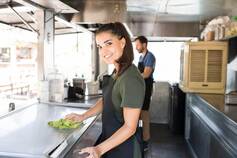 Not so long ago, a food truck was often perceived as a potential means for a fledgling restaurant concept to develop a following with the public before launching a brick-and-mortar location, or for a smaller independent restaurant to spread its brand awareness. Now, established brick-and-mortar brands are looking to food trucks as a way of modernizing to suit the constraints of the Covid era. Take Au Bon Pain. Nation’s Restaurant News reports that Tabbassum Mumtaz, the CEO of Ampax Brands, which is the new franchisor of the Au Bon Pain bakery and café brand, considers food trucks – along with ghost kitchens – to be important tools that the brand can use to modernize itself. Research from IBISWorld found that from 2016-2021, the food truck industry has grown at an annualized rate of 7.5 percent, surpassing the growth of the broader foodservice sector. To be sure, food trucks have their disadvantages – at the time of this writing, most small, independently owned food trucks weren’t eligible for the Paycheck Protection Program or Economic Injury Disaster Loans. However, they do offer a key advantage – namely flexibility – that happens to suit the current times extremely well. While the pandemic has decreased demand for food truck business in office parks, it has increased opportunities for it in residential neighborhoods, hospital and grocery store parking lots, and highway rest stops. No doubt, the past year has been more difficult for restaurants than we care to think about. But the turning of foodservice on its head hasn’t been completely bad. In fact, it has opened some doors – particularly for nimble, entrepreneurial operators who have a knack for posting enticing food photos on social media and the ability to use tech to set up ordering and delivery. As the New York Times reported recently, there has been an explosion of inventive take-out food concepts on Instagram lately as foodservice operators have begun promoting small, rotating, deliverable menus on the platform – and with success. Some of these concepts are based on ideas that chefs have dreamed of trying for some time, but others are simply a temporary means of keeping money flowing in to pay employees, cover rent and essentially stay in business in some form until the pandemic winds down. Some chefs are even working out of simple home kitchens. Whether you’re in the position to try pop-up concepts like this or not, they are evidence of the newly stripped-down list of resources a restaurant truly needs to function, which are important to remember for the long term. Operating a restaurant is no longer about real estate but about being able to reach your customers where they are – and using the range of tools at your disposal to help. First, focus on making it easy and fast for customers to order from you online. Think about how you can profitably get food to customers – whether by aligning with a third-party vendor, offering a scheduled weekly drop-off of food (ready to eat right away or freeze), or even just making curbside pickup more appealing. Mix up your menu and promote the changes online – when you rotate new items through on a regular basis, you give your customers a reason to look for your updates each week and you naturally create new reasons to post those updates on your social media, website and email newsletter. Finally, take food photos that sing. You can do this on your mobile phone – just opt for warm, natural light, use a reflector or simply a light piece of paper to soften shadows, use color and contrast to make the food pop in the image, and add some simple decorative (or brand-specific) elements to elevate viewers’ perceived experience of eating your food.
The restaurant kitchen continues to evolve -- and Zume seems to have created a new category that blends a restaurant kitchen, food truck and virtual kitchen. The company recently announced that the brand &Pizza will use Zume’s mobile kitchen technology to expand their brand in new markets and test new menu items. But as The Spoon reports, Zume’s strength in predictive data analytics may be what helps it transform the pizza brand’s possibilities. Its technology currently considers data points such as days of the week and school calendars to predict what kinds of pizza will be ordered and from what locations. So ostensibly, &Pizza will be able to prepare pizzas at a central facility, store them in their mobile kitchen (which can position itself where orders are likely to be placed), then bake and deliver the pizzas once orders start to come in. Delivery drivers will have shorter distances to drive and can therefore make more drop-offs and keep food fresher because it hasn’t had far to travel. Zume opened up its data platform to additional cuisine types last year, so other restaurant concepts can adopt its model and customize their own mobile kitchens accordingly.
|
Subscribe to our newsletterArchives
April 2024
Categories
All
|
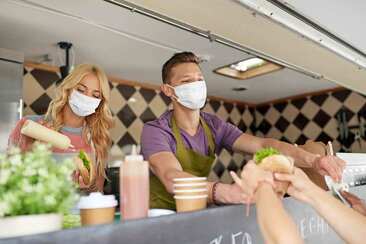
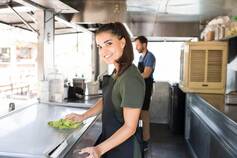

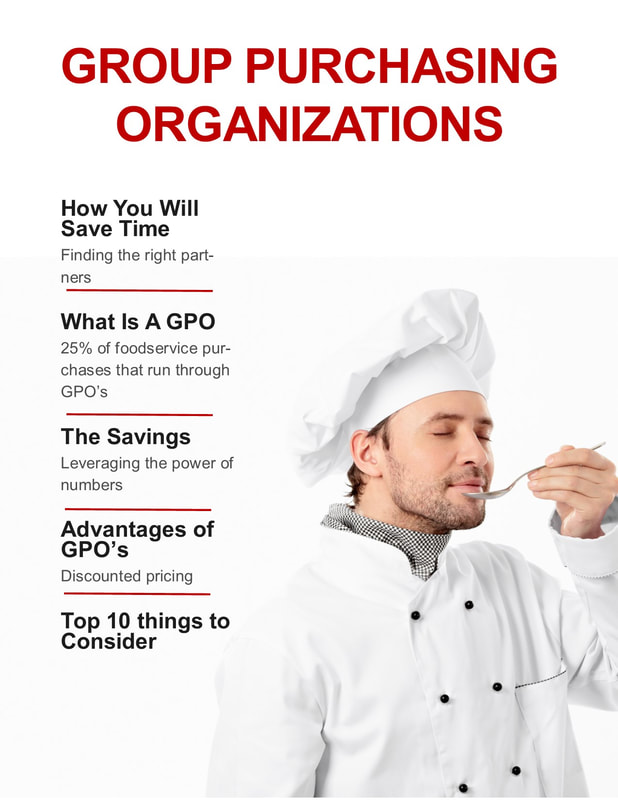

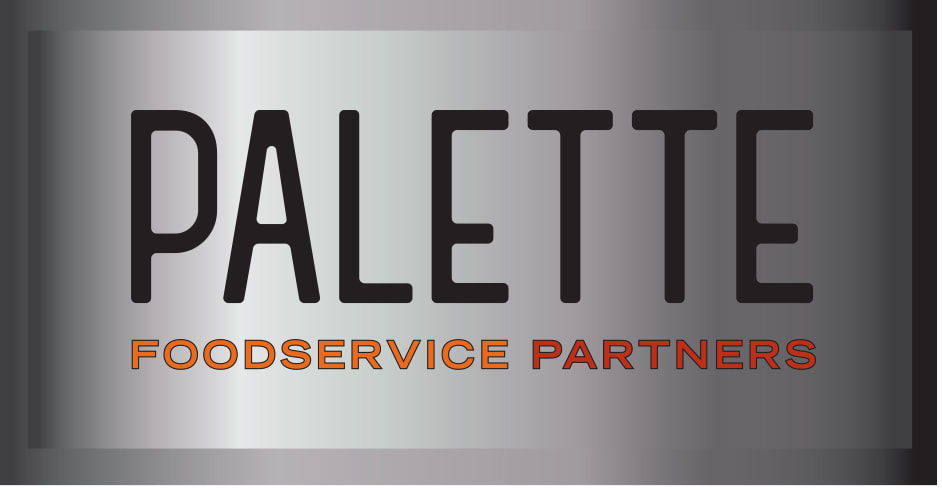
 RSS Feed
RSS Feed